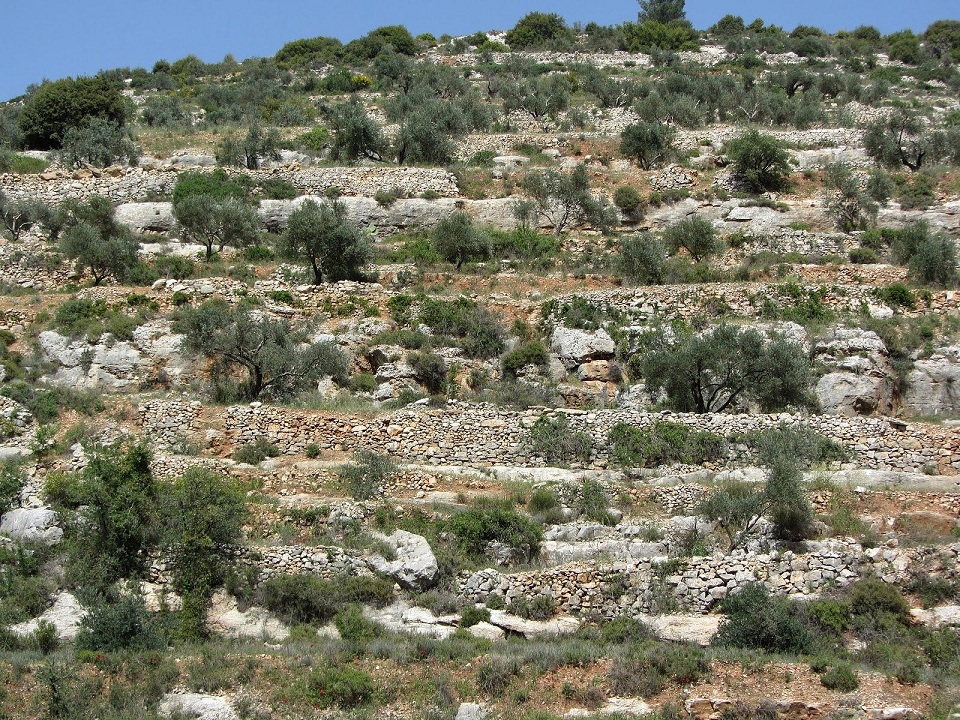 The Environment of Palestine: Palestine has amazing biodiversity; within its small borders lie snow-capped mountains, woodlands, sand dunes, deserts and of course the Dead Sea. The country’s climate ranges from semi-arid to subtropical. Because of these diverse habitats, Palestine is home to an array of flora and fauna. 47,000 species of plants and animals can be found in Palestine, some of which you can explore and learn more about during a visit to Palestine. Human activity has also been powerful in shaping the flora and fauna of this land, because plants and animals have been domesticated for thousands of years here.
The Environment of Palestine: Palestine has amazing biodiversity; within its small borders lie snow-capped mountains, woodlands, sand dunes, deserts and of course the Dead Sea. The country’s climate ranges from semi-arid to subtropical. Because of these diverse habitats, Palestine is home to an array of flora and fauna. 47,000 species of plants and animals can be found in Palestine, some of which you can explore and learn more about during a visit to Palestine. Human activity has also been powerful in shaping the flora and fauna of this land, because plants and animals have been domesticated for thousands of years here.
Flora in Palestine
Numerous crops and edible plants are cultivated in Palestine, which of course impacts its cuisine. Along the coast, bananas, oranges and other citrus fruit grow well. Dates, figs, avocados, guavas and mangos grow in the Jordan valley. Small areas can have distinct specialities. For example, the land around Hebron is famous for producing delicious grapes, and near Bethlehem, the apricots are especially admired. Fruit trees tend to bloom between January and April here, so this would be a good time to visit if you would like to see the drees with blossom. Of course, olive trees are very widespread, and olives feature heavily in the Palestinian diet.
While much of Palestine’s woodlands and forests were destroyed during numerous wars, people have worked hard to reforest the countryside, and now over 200 million trees grow across Palestine, including pine trees, carob and eucalyptus. Flowers that grow here include lilies, irises, tulips and hyacinths. Prior to the 1960s, Palestinian flower populations were dropping due to the popularity of picking wildflowers, but after a successful educational campaign by the Nature Reserves Authorities which sought to discourage people from picking flowers, wildflowers remain widespread.
Fauna in Palestine
Twice a year, 500 million birds from 283 species migrate through Palestine between Europe and Africa. This creates many excellent opportunities for birdwatching. A number of mammals live in the deserts, including the Nubian ibex and the Dorcas gazelle. Predators such as wolves, panthers and hyenas also live in Palestine, although they are rare.
Conclusion
There are a number of problems which Palestine’s flora and fauna must face. For example, since the 1950s, many wetlands have been drained to create agricultural land, and the population growth is reducing natural habitats. Air pollution is another big issue, which sometimes reaches dangerous levels. Despite these problems, Palestine remains a place of great natural beauty, where many indigenous species of plants and animals can be enjoyed.


